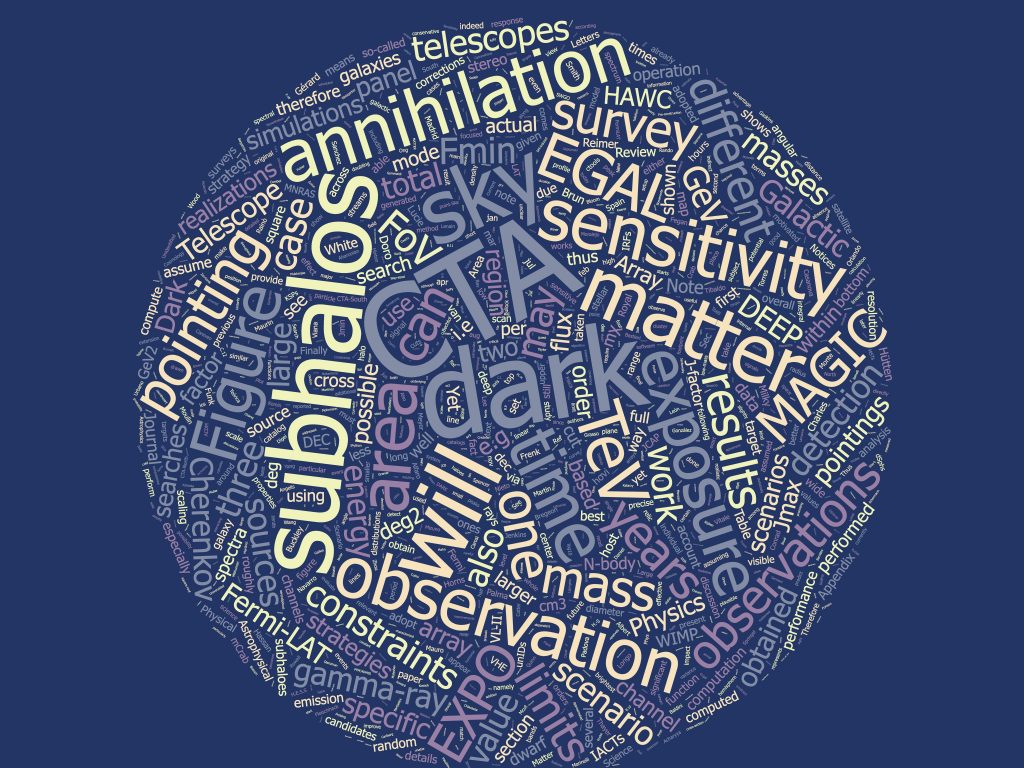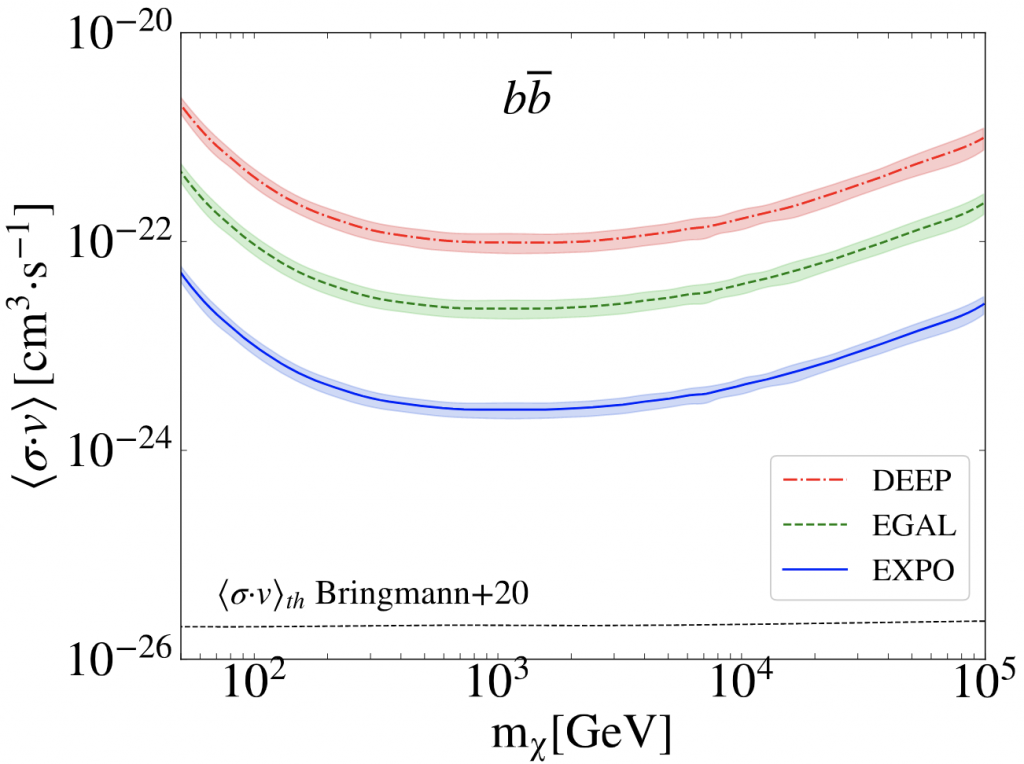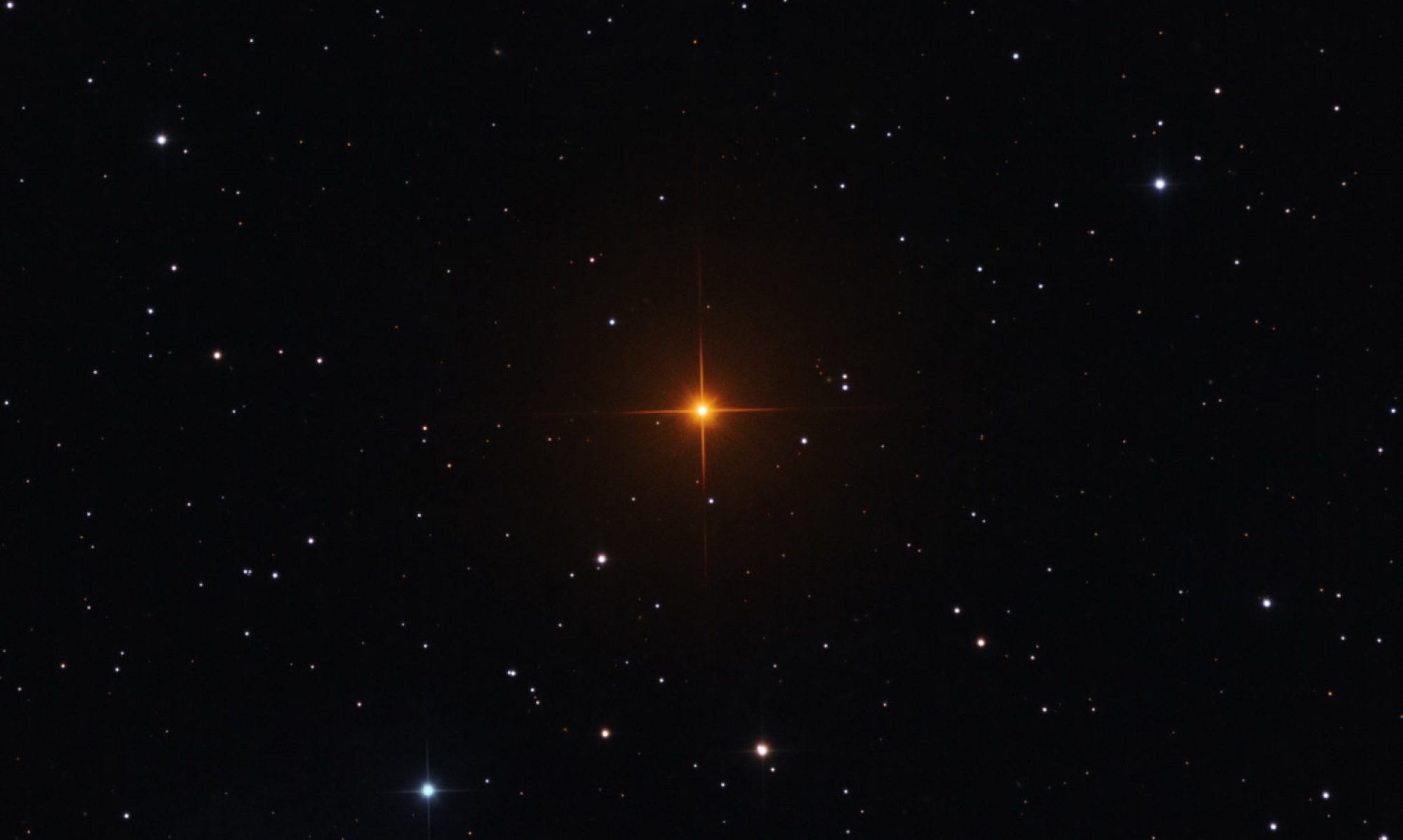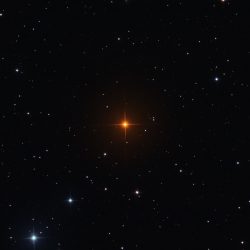
Written by Javier Coronado-Blázquez.
Summary of the paper with the same title submitted to PDU.
arXiv: 2101.10003
In this work, we study the potential of the Cherenkov Telescope Array (CTA) for the detection of Galactic dark matter (DM) subhalos, focusing on low-mass subhalos – not massive enough to retain any baryonic content – therefore lacking any multiwavelength counterpart. As in previous papers, devoted to the Fermi-LAT and HAWC instruments, If the DM is made of weakly interacting massive particles (WIMPs), these dark subhalos may appear in the gamma-ray sky as unidentified sources. We perform a detailed characterization of CTA instrumental response to dark subhalos, using the ctools analysis software, simulating CTA observations under different array configurations and pointing strategies.
We distinguish three different observational modes: i) a key science project, the extragalactic survey (codename EGAL). This will observe a fourth of sky at high-latitudes with uniform exposure, providing unprecedented coverage at very high energies; ii) a proposed deep-field campaign (DEEP), which would point at a blank spot of the sky aiming to serendipitously find new sources, such as dark subhalos, due to the extreme sensitivity; and iii) a chance of finding a dark subhalo in the field of view of any of CTA’s science operations through accumulated exposure the years, so-called overall exposure (EXPO).
To be able to compute the latter strategy, one has to estimate the sky coverage in, e.g., 10 years of operation, as well as the median exposure time. We did so by extrapolating the MAGIC telescope operations, which share location with the CTA-North. In this way, we get a realistic estimation of the accumulated observations, which turn out to be a factor 2 more area and a factor 10 more time than the EGAL survey. This, together with information on the subhalo population as inferred from N-body cosmological simulations, allows us to predict the CTA detectability of dark subhalos, i.e., the expected number of subhalos in each of the considered observational scenarios.
In the absence of detection, for each observation strategy we set competitive limits to the annihilation cross section as a function of the DM particle mass, that are between one and two orders of magnitude away from the thermal cross section, for the bb and ττ annihilation channels. This way, CTA will offer the most constraining limits from subhalo searches in the intermediate range between 1−3 TeV, complementing previous results with Fermi-LAT and HAWC at lower and higher energies, respectively, as well as an independent probe of DM.


